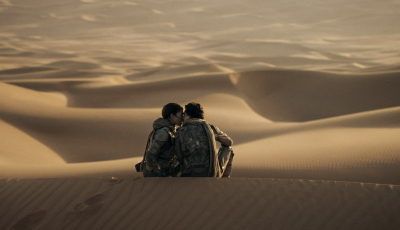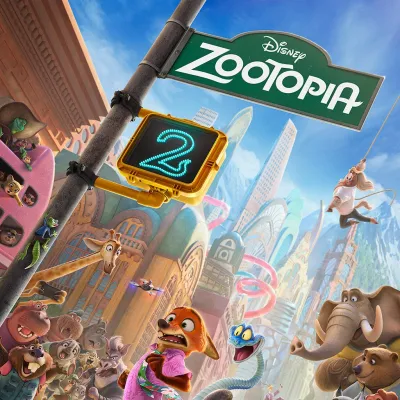Dune: Part Two Description


A Voyage into the Unknown
In the sweeping sands and monumental story arcs of "Dune: Part Two", Denis Villeneuve continues his ambitious journey through Frank Herbert's complex universe with a flair for the epic and the visually extraordinary. This sequel not only meets the high expectations set by its predecessor but, in many ways, surpasses them, offering a narrative that is both captivating and grandiose. The return of young Paul Atreides, played with an increasing depth by Timothée Chalamet, marks a new chapter in his evolution from a naively hopeful prince to a leader foretold by prophecy, set against the backdrop of a galaxy teetering on the brink of war.
A Masterpiece Marred by Minor Missteps
While "Dune: Part Two" stands as a titan among contemporary science fiction films, both in scope and visual splendor, it is not without its shortcomings. Despite its narrative ambition, the film occasionally struggles with pacing, particularly in the transition between its more visually stunning set pieces and the necessary, albeit at times cumbersome, exposition. There is a tangible sense of discordance between the desire to visually narrate the epic and the need to contextualize its complex political and religious intrigues for the audience.
Villeneuve's ensemble cast delivers a range of performances that shine, although the sheer number of characters and subplots can leave some audiences craving more depth and development from the supporting roles. While Chalamet's portrayal of Paul continues to anchor the film, the magnificence of its supporting cast, including the fierce warrior Chani (Zendaya) and the menacing Feyd-Rautha (Austin Butler), occasionally overshadows the intricacies of their individual arcs.
Moreover, the film's reliance on Hans Zimmer's powerful score, while often enhancing the emotional and visual impact of scenes, at times overpowers the subtleties of character dialogue and quieter moments of introspection. This auditory dominance can create a disconnect, pulling the audience out of moments meant to be intimate and reflective.
Conclusion: A Visionary Achievement with Resonant Flaws
Despite these criticisms, "Dune: Part Two" emerges not only as a visual spectacle but a cinematic experience that is deeply engaging, enriched by its layered plot and the philosophical questions it raises. Audience response has overwhelmingly reflected admiration for Villeneuve's ability to craft a world so richly detailed and visually stunning, with particular praise for the film's special effects, cinematography, and ambitious storytelling.
However, some viewers have noted the film's pacing issues and the occasional imbalance in character development as detracting factors. Nonetheless, the overarching consensus heralds "Dune: Part Two" as a monumental achievement in science fiction filmmaking, one that gracefully navigates its more considerable challenges to deliver an unforgettable journey into the desert sands of Arrakis and the hearts of its compelling characters.
In conclusion, "Dune: Part Two" is an epic that not only triumphs in its visual and narrative scale but also in its boldness to explore the deep, often tumultuous waters of human nature, leadership, and destiny. It is a voyage that, despite occasional turbulence, arrives with resounding success, leaving its viewers in awe and anticipation for what may lie beyond the horizon.





























